Back in 2003 I was looking for information about traveling to Egypt and I stumbled upon an intriguing website that announced the winners of the contest for the design of the new Grand Egyptian Museum.
Well, I had no idea there were plans to build a new museum in Cairo! Didn’t they have a gorgeous pink Victorian building as the home of the Museum of Egyptian Antiquities?
I immediately began looking for information on the subject and decided that I needed to travel to Egypt in 2012, because the estimated opening date was on this year.
What is the Grand Egyptian Museum?
The GEM (as it is also known) is a new state-of-the-art museum that will house a large collection of Ancient Egyptian artifacts. It will be located in the Giza Plateau, 2 km away from the Giza pyramids.
Its purpose is to offer new and larger facilities that will hold the thousands of Ancient Egyptian objects that are stored in warehouses and that cannot be properly displayed to the public due to the lack of space in other museums.
The design Competition
The competition was announced on January 2002, with a deadline for registrations on April and the deadline for submission of entries on August of that same year. Entry fee was $350.
First stage
The first stage of the contest occurred in October 2002 and received 1557 entries from 83 countries, such as USA: 240 entries, France: 100, Italy: 75, Germany: 70, United Kingdom: 60, Japan: 50, Austria: 30, Netherlands: 30, Argentina: 24.
Contestants had to present the idea in sheet format, along with a written report explaining the architectural plan, the cultural meaning of the museum and the proposed means of transportation.
20 entries were selected from this first stage to move on to the second stage from November 2002 through March 2003.
Second stage
The second stage comprised 16 European entries, 1 from Asia, 1 from the US, 1 from Brazil and 1 from Egypt.
These teams were required to present sections and elevations, different perspective views, views of the interior and views of the entire complex, along with a model and a written report.
Prizes
The first 20 entries received a prize of $10.000 each.
After that, the winner of the competition got $250.000, second place $150.000 and third place $100.000. $20.000 more were divided among the rest and honorary mentions were awarded to the next seven entries.
Who won? Who won?
The winners were Heneghan Peng Architects from Dublin, Ireland. The more than 20 members of the team came up with a proposal worthy of pharaohs.
The new Grand Egyptian Museum proposal
The museum is located at the edge of the Giza Plateau, between the Pyramids and Cairo on a 50 m level difference on the terrain, a feature leveraged by the design.
It never extends above the plateau. The overall framework for the design is a set of visual axes that emerge from the Pyramids to the site of the museum.
Showcasing a series of layers, the design makes the visitor approaching from the piazza go through the grand staircase up to the galleries, where he/she will see the Pyramids from the interior of the museum.
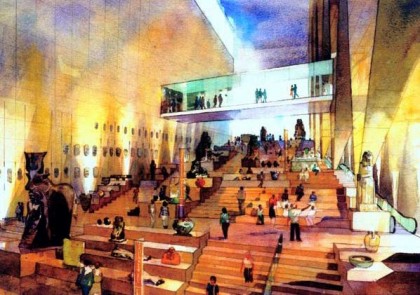
Grand staircase. Photo: english.ahram.org.eg
The GEM represents a new edge for the Giza Plateau, without competing with the magnificence of the Pyramids and it can be seen as a symbolic union piece between the modernity of Cairo and Alexandria and the ancient Egyptian civilization.
The 800 m translucent stone wall of the façade will have sections that rise 40 m, inviting visitors in.
With the triangular forms on the façade, the museum looks to me as a continuation of the Pyramids, as if the Egyptian civilization hadn’t disappeared and this complex was at the peak of its architectural development.
I truly believe a pharaoh would marvel today at the beauty and the integrity of this design.
The construction project
Bringing this superb design to life is a work in three phases:
Phase 1 meant prepping the site.
Phase 2 dealt with building the Conservation and Energy Center (CEC), including a conservation center, conservation plant, fire station, a section of main services, landscaping and alterations to the adjacent terrain.
Phase 3 was announced to begin in January 2012 and it includes the construction of the main building which houses the museum and conference center, the administrative offices, tunnels, restaurant and landscaping for the surrounding parks.
In January 2012 Mohamed Ibrahim, Egypt’s Minister of Antiquities, announced that the grand opening of the Grand Egyptian Museum is to happen in August of 2015, three years after the original estimated date.
The exhibition
The site of 50 hectares will be a cultural complex housing 24.000 m2 of permanent exhibits, conference rooms, educational facilities, a children’s museum and large beautiful gardens.
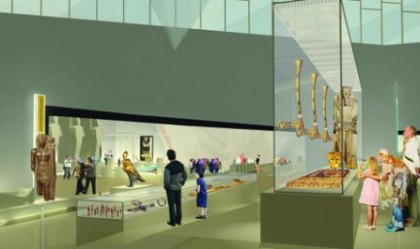
Great Hall. Photo: english.ahram.org.eg
The treasure of King Tutankhamen will be the highlight of the visit, though a large number of Egyptian artifacts from every period in history will see the light of day after being in storage facilities for decades.
The main exhibition offers both a chronological and thematic arrangement, helping the visitor connect both aspects throughout several points in the exhibit.
The thematic exhibits will shed light on several aspects of daily Ancient Egyptian life like their music, religion, crafts, games, their social scene and cultural practices.
High-tech facilities
The GEM will have the latest in technology to preserve and restore ancient artifacts.
The conservation center will have separate laboratories for materials such as leather, textiles, metal, papyri, stone, ceramics and wood.
There will also be digital stream displays used as architectural elements between the different galleries.
Security has also been enforced with a top-of-the-line system that ensures the safe transfer of artifacts.
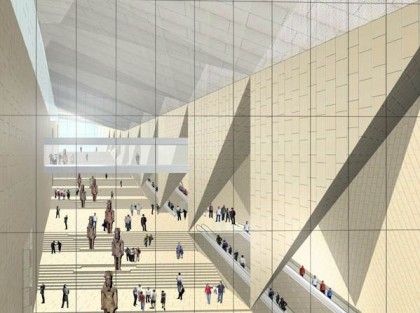
Photo: desmena.com
There are ingenious solutions to control interior climate and light and the use of energy has been optimized.
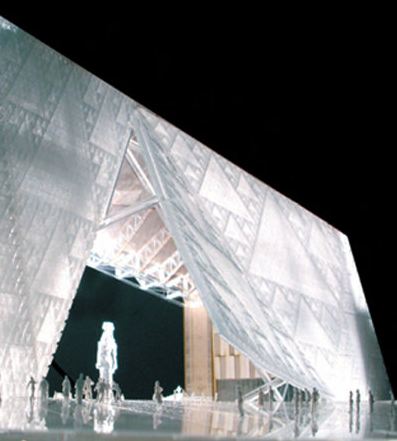
Photo: www.egiptoforo.com
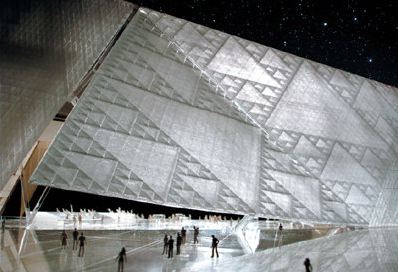
Photo: www.egiptoforo.com
The museum will also be connected to a worldwide database which will allow it to virtually display all known Ancient Egyptian artifacts, even if they’re not physically present at the exhibition.
An opportunity for knowledge and growth
It is a fact that a large portion of Egyptian economy is based in tourism and a project such as the GEM certainly is aimed at attracting more of it.
I think this is a good thing; thousands of local jobs will be created and by being able to see a large collection of artifacts in a safe and protected environment will help reduce the impact of tourism in ancient sites.
I also hope that the GEM will be the subject of much pride for the Egyptian people and that they can honor its purpose by using it as a great source of knowledge for the current generation of young Egyptians and the ones to come.
I was appalled and saddened when I heard that the treasures of the Museum of Egyptian Antiquities had been attacked and some destroyed during the Egyptian Revolution of 2011.
So helping the Egyptian people to understand and value their heritage is crucial to protect and preserve it for future generations.
The Grand Egyptian Museum is expected to receive 5 to 8 million visitors a year and I am certainly going to be one of them!
The GEM is today an invitation to reflect upon the past and how it affects our contemporary future.
Did you know about the GEM project? What had you heard about it?
Are you as excited as I am to go see it?
Share your comments in the field below or join the conversation in Facebook!
Resources
- Official GEM website (though it’s been down for a while).
- The Project for the Grand Egyptian Museum Conservation Center
- Original competition terms.
- The Brazilian team that got into the top 10.
- Heneghan Peng Architects.
- The proposal in detail.
- Detailed walk-through the site.
- Phases of the project.
- Entry from Zahi Hawass blog, 02/02/2010, Grand Egyptian Museum.
- Entry from Zahi Hawass blog, 05/06/2011, My visit to the Grand Egyptian Museum.



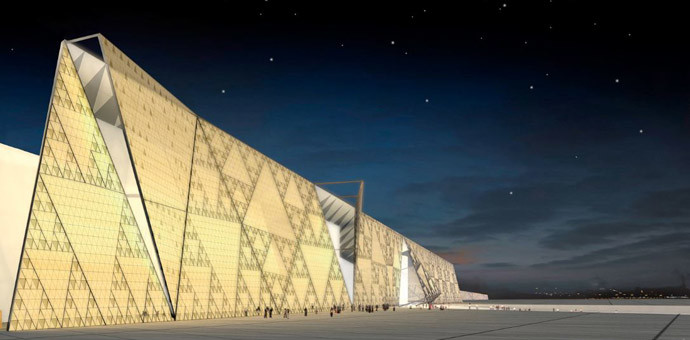
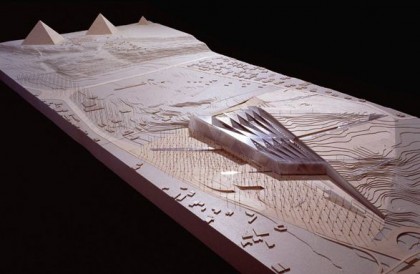
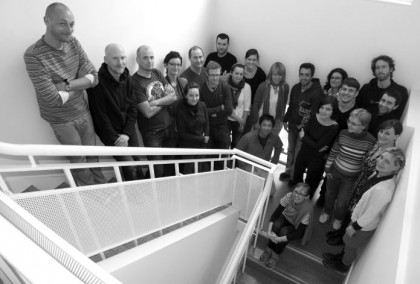
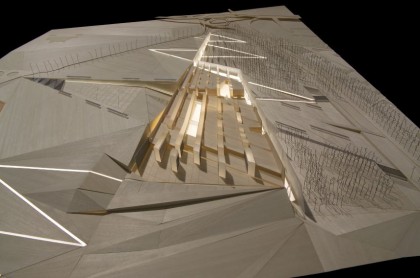
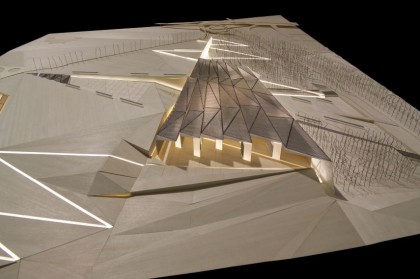
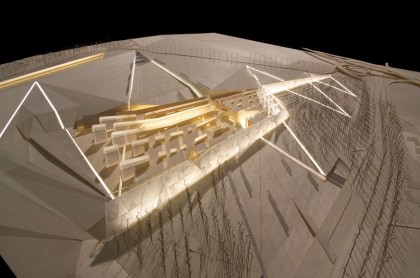
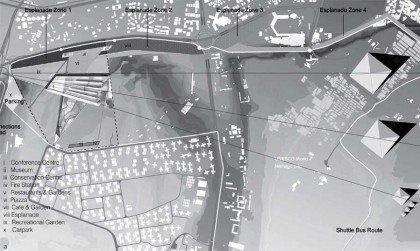
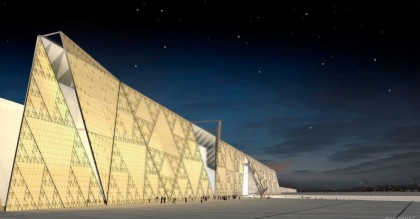
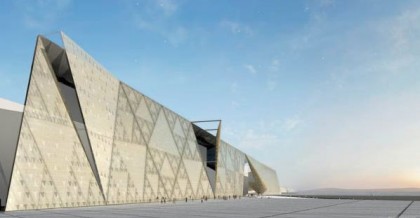

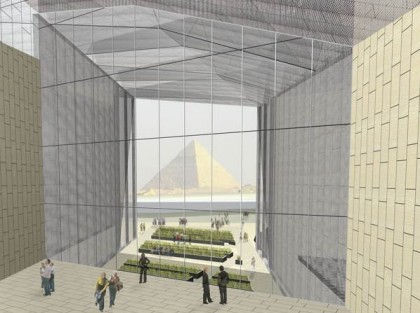
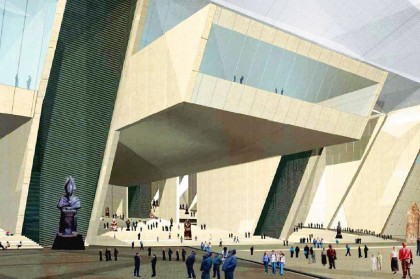
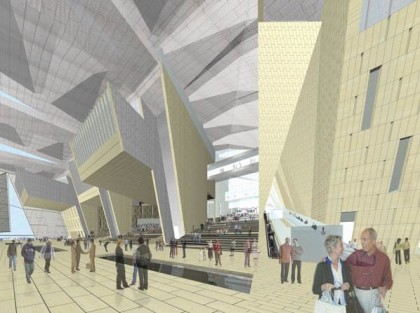
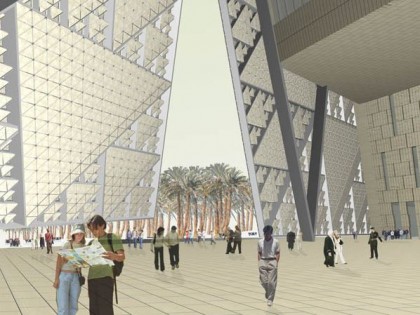
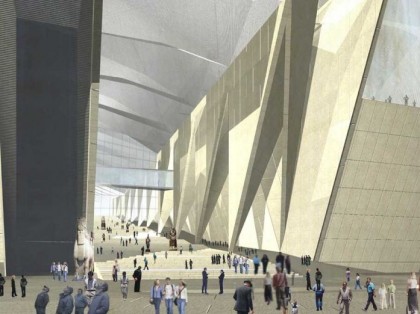
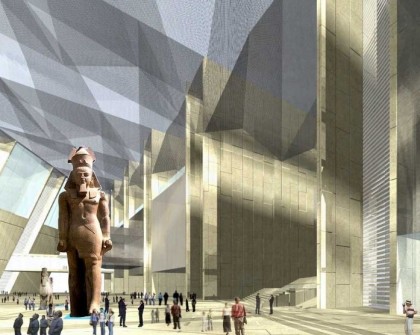
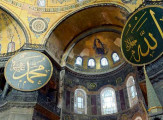
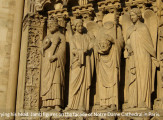

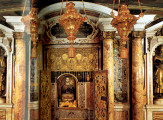
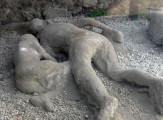
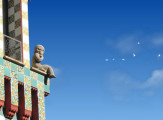
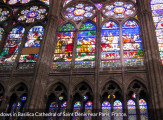
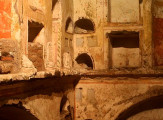




















The Grand Egyptian Museum is exquisite and futuristic and Illustrates the contrast of the span of 4500 – 4800 years of Egyptian culture and engineering skills from the beginning to the space age. It will be easier to protect 3 miles outside of Cairo on the plateau and viewing the Pyramids from the Museum will feel like being in a time Machine. I hope the construction will be completed by 2015, and perhaps the more than $60 billion in the former President Mubarak’s Swiss and London bank accounts can be utilized for building costs. Winifred, Florida 3/27/2013
I heard about the project when I was in Egypt this year. :) It was mentioned by one of my tour guides, probably on the day when we were taken to the current Egyptian Museum.
When I blogged about my visit to Cairo, I mentioned that the museum would be replaced by a larger facility in Giza.
http://hbombkaraoke.com/2012/11/02/touring-egypt-part-1-cairo-gateway-to-historic-egypt/
However, I really hadn’t known many more details; all of this information about the architecture of the new museum is new to me, so I was very interested to read this!
I would probably be inclined to go back once the new museum has opened . . .